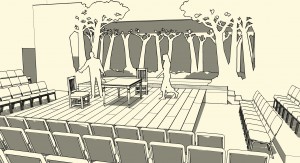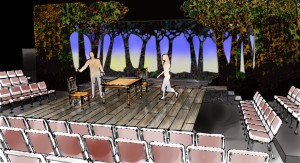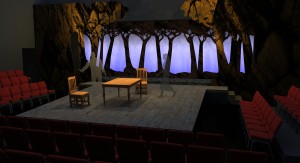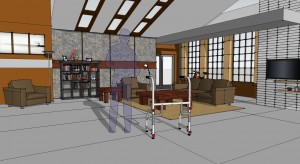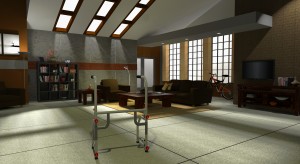If you have been following my blog here on SketchUp (if so – thank you!) you will be aware of two things. First – you will of course notice that it has been quite some time since I have posted something (more on that later), and second – I really, really like SketchUp.
Except for one thing…
The textures that come with the program.
Since this blog is a part of the two sites we currently manage, one for research images and one for textures, you may think that my criticism is a thinly-veiled comment that is really only self-serving. While it is true that there is an obvious connection from this post to what we do – trust me – my issue with textures in SketchUp goes back years. Long before our texture site was even a twinkle in my internet camera’s eye.
Don’t get me wrong – I think it is great that they provide a set of textures to get you started on modeling. Actually, not many modeling programs provide textures with the program at all, so the fact that they do is a generous addition. Adding textures to a model helps tremendously in the presentation of your work, and if you plan on rendering your model – then REALISTIC textures are a MUST! Most of us who do modeling in SketchUp just go out and scour the internet for good textures, but wouldn’t it be more convenient to just be able to grab textures within the program, instead of having to go out and find them…?
The lack of a good selection of nice, high quality textures (in my humble opinion) is the one thing that is holding the program back even just slightly.
Hmmmm… wait a minute… I wonder if they would be interested in working out a deal…? We could provide them a set of say, 500 hi-resolution architectural textures for free, in exchange for a little mention somewhere on their site… What do you think…?
I think I may have hit on something…
(Okay – admittedly – that last part was a not-so-thinly-veiled plug for our site. I do, however, still strongly believe that the program would be better with a nice selection of good textures!)

